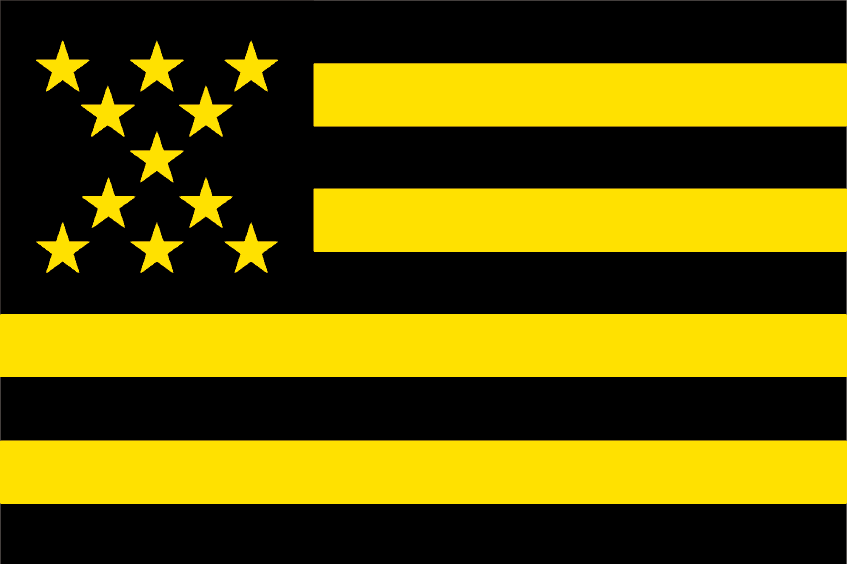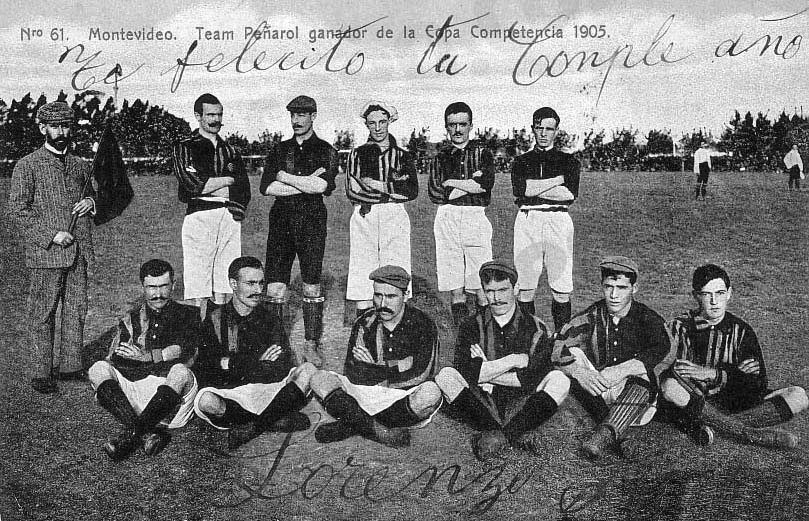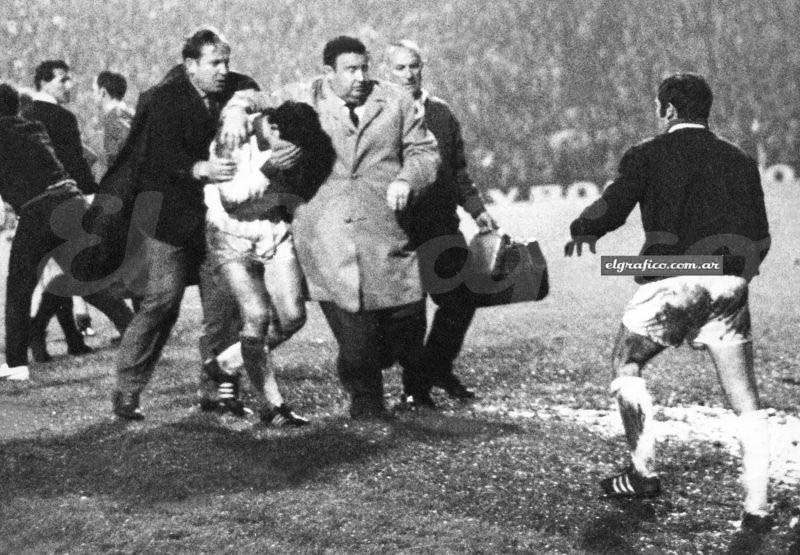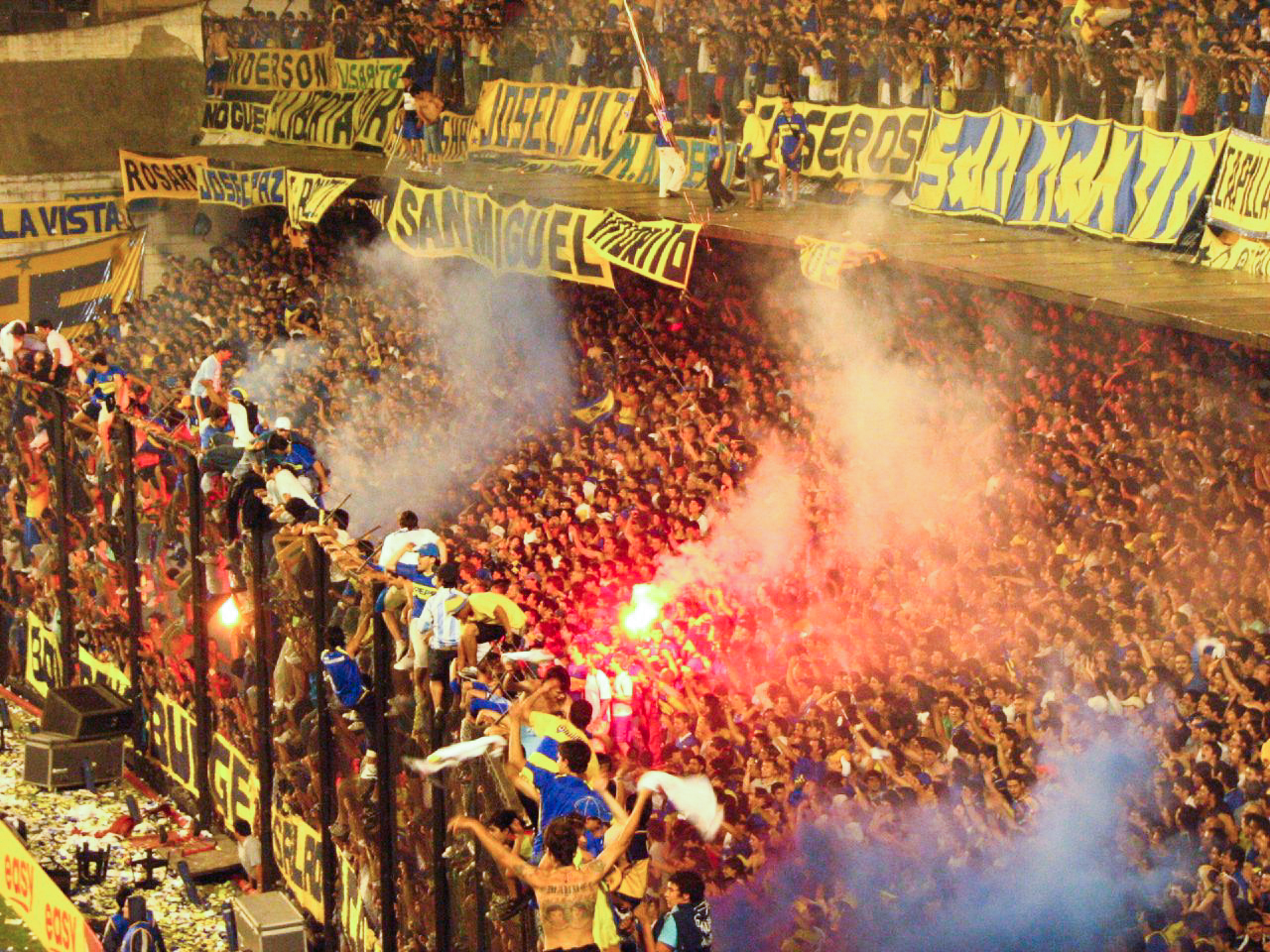|
Uruguayan Clásico
The Uruguayan Clásico (Spanish: ''Clásico del fútbol uruguayo'') is the most important rivalry in Uruguayan football and one of the best on the American continent. It is contested between the two most popular football clubs in Uruguay, Club Nacional de Football and Club Atlético Peñarol (formerly known as CURCC), both based in Montevideo. As of 2018, the two teams have won 96 of the 115 Uruguayan Primera División titles, and many international tournaments, including a combined eight Copa Libertadores. The first meeting between the two teams was at the turn of the century in 1900, making it one of the oldest football rivalries outside Great Britain. CURCC won the first match 2–0. Founded as the ''Central Uruguay Railway Cricket Club'' (CURCC) in 1891, it was originally made up of English immigrants representing the Central Uruguay Railway (''Ferrocarril Central del Uruguay''), and was based in the Peñarol district in the outskirts of the city. Nacional was formed in 1899 ... [...More Info...] [...Related Items...] OR: [Wikipedia] [Google] [Baidu] |
Peñarol
Club Atlético Peñarol (), more commonly referred to as Peñarol, is a Uruguayan professional football club based in Montevideo. The club currently competes in the Uruguayan Primera División, the highest tier in Uruguayan football. The name of the club comes from the neighborhood on the outskirts of Montevideo, which itself takes its name from Pinerolo, a town in the metropolitan area of Turin, in the Italian region of Piedmont. The club's origin dates back to the 28th of September 1891, when the club was initially established as the Central Uruguay Railway Cricket Club (also known by its acronym CURCC), founded by mostly British railway workers for the practise of cricket. The club was renamed as Peñarol on 13 December 1913; the continuity between the football section of the CURCC and Peñarol has sparked significant controversy in Uruguayan football, as some football pundits have argued that while Peñarol inherited its tradition from the CURCC and there is a sociolog ... [...More Info...] [...Related Items...] OR: [Wikipedia] [Google] [Baidu] |
List Of Football Clubs By Competitive Honours Won
This article lists men's association football clubs who have won 50 or more total competitive honours run by official governing bodies as well as women's clubs who have won 30 or more of such competitive honours. Friendly and invitational competitions and matches organized between clubs are not included. Summary totals Trophies that were shared between two clubs are counted as honours for both teams. Clubs tied in total honours are listed chronologically by most recent honour won. Definitions * For the purposes of this article, "intercontinental competitions" are competitions organized between two or more confederations or by FIFA The Fédération Internationale de Football Association (), more commonly known by its acronym FIFA ( ), is the international self-regulatory governing body of association football, beach soccer, and futsal. It was founded on 21 May 1904 to o .... Competitions organized between two or more national federations on different continents such a ... [...More Info...] [...Related Items...] OR: [Wikipedia] [Google] [Baidu] |
Recopa Sudamericana
The CONMEBOL Recopa Sudamericana (), also known as Recopa Sudamericana or CONMEBOL Recopa, and simply as Recopa (, ; "Winners' Cup"), is an annual international club Association football, football competition organized by CONMEBOL since 1988. It is a match-up between the champions of the previous year's Copa Libertadores and the Copa Sudamericana, South America's premier club competitions. The competition has had several formats over its lifetime. Initially, the champions of the Copa Libertadores and Supercopa Libertadores contested it. In 1998, the Supercopa Libertadores was discontinued and the ''Recopa'' went into a hiatus. The competition has been played with either the presently-used two-legged tie, two-legged series or a single match-up at a neutral venue. Together with the aforementioned tournaments, a club has the chance to win the ''CONMEBOL Treble'' all in one year or season. However, if the Copa Libertadores and Copa Sudamericana are won by the same team, then accordin ... [...More Info...] [...Related Items...] OR: [Wikipedia] [Google] [Baidu] |
Copa Interamericana
The Copa Interamericana () was an international association football, football competition endorsed by CONCACAF (North, Central America and Caribbean) and CONMEBOL (South America). Established in 1969, it was discontinued in 1998 after CONCACAF clubs, particularly those from Mexico, began participating in CONMEBOL competitions. The competition was intended to be contested between the winners of the North American CONCACAF Champions Cup and the South American Copa Libertadores tournaments, although the participants varied at times. The competition was usually contested over a two legged tie, with a playoff or penalty kicks if necessary, but it was common for several consecutive editions to go unheld. Of the 18 competitions played out, four of them were contested over several matches in just one venue. Two others were held in a single match. Another two editions had participants that didn't outright qualify to dispute the competition. Most of the editions were held one, and someti ... [...More Info...] [...Related Items...] OR: [Wikipedia] [Google] [Baidu] |
Intercontinental Cup (1960–2004)
The Intercontinental Cup, officially the European/South American Cup and known from 1980 as the Toyota Cup for sponsorship reasons, was an international association football, football competition endorsed by UEFA (Europe) and CONMEBOL (South America), contested between representative clubs from these confederations, usually the winners of the UEFA Champions League and the South American Copa Libertadores. It ran from 1960 to 2004, when it was succeeded by the FIFA Club World Cup, although they both ran concurrently in 2000. From its formation in 1960 to 1979, the competition was as a two-legged tie, with a play-off if necessary until 1968, and Penalty kick (association football), penalty kicks later. During the 1970s, European participation in the Intercontinental Cup became a running question due to controversial events in the 1969 Intercontinental Cup, 1969 match, and some European Cup-winning teams withdrew.Risolo, Don (2010)Soccer Stories: Anecdotes, Oddities, Lore, and Ama ... [...More Info...] [...Related Items...] OR: [Wikipedia] [Google] [Baidu] |
Supercopa Libertadores
The Supercopa Libertadores (English: ''Libertadores Supercup''), also known as the Supercopa Sudamericana, Supercopa Libertadores João Havelange, Supercopa João Havelange or simply Supercopa, was a football club competition contested annually between 1988 and 1997 by the past winners of the Copa Libertadores. The tournament is one of the many South American club competitions that have been organized by CONMEBOL.Supercopa Libertadores (Supercopa João Havelange) by Karel Stokkermans on the RSSSF History As through the successive editions of this cup were added new champions from the Copa Libertadores, in 1997 the CONMEBOL decided that the last teams of each group would descend to reduce the number of teams to disputed it. That year descended Velez Sarsfield, Racing Club and Boca Junior ...[...More Info...] [...Related Items...] OR: [Wikipedia] [Google] [Baidu] |
Copa Mercosur
The Copa Mercosur (, , "Mercosur Cup") was a Association football, football competition played from 1998 to 2001 by the traditional top clubs from Brazil, Argentina, Paraguay, Uruguay and Chile. The competition was created by CONMEBOL to generate TV money to the participating teams, but it went beyond and ended up, together with the Copa Merconorte, as natural replacement to the CONMEBOL Cup. These two, Copa Merconorte and Copa Mercosur, were replaced in 2002 by the Copa Sudamericana. Format Twenty teams played in the tournament. The teams were divided in five groups of four teams each and the matches were played in two legs. The group winners and the best three runners-up qualified for the quarterfinals. The quarterfinals, the semifinals were played in two legs. In 1998 and 2000 the finals were played in three legs. In 1999 and 2001 the finals were played in two legs. Final venues Throughout the brief history of the competition a total of five venues were used to host the final ... [...More Info...] [...Related Items...] OR: [Wikipedia] [Google] [Baidu] |
Copa Sudamericana
The CONMEBOL Sudamericana, also known as Copa Sudamericana (; ), is an annual international club football competition organized by CONMEBOL, the governing body of football in South America, since 2002. It is the second-most prestigious club competition in South American football. CONCACAF clubs were invited between 2004 and 2008. The CONMEBOL Sudamericana began in 2002, replacing the separate competitions Copa Merconorte and Copa Mercosur (that had replaced Copa CONMEBOL) by a single competition. Since its introduction, the competition has been a pure elimination tournament with the number of rounds and teams varying from year to year. The CONMEBOL Sudamericana is considered a merger of defunct tournaments such as the Copa CONMEBOL, Copa Mercosur and Copa Merconorte. The winner of the Copa Sudamericana becomes eligible to play in the Recopa Sudamericana, the South American supercup. They gain entry to the next edition of the Copa Libertadores, South America's premier club c ... [...More Info...] [...Related Items...] OR: [Wikipedia] [Google] [Baidu] |
River Plate F
A river is a natural stream of fresh water that flows on land or inside Subterranean river, caves towards another body of water at a lower elevation, such as an ocean, lake, or another river. A river may run dry before reaching the end of its course if it runs out of water, or only flow during certain seasons. Rivers are regulated by the water cycle, the processes by which water moves around the Earth. Water first enters rivers through precipitation, whether from rainfall, the Runoff (hydrology), runoff of water down a slope, the melting of glaciers or snow, or seepage from aquifers beneath the surface of the Earth. Rivers flow in channeled watercourses and merge in confluences to form drainage basins, or catchments, areas where surface water eventually flows to a common outlet. Rivers have a great effect on the landscape around them. They may regularly overflow their Bank (geography), banks and flood the surrounding area, spreading nutrients to the surrounding area. Sedime ... [...More Info...] [...Related Items...] OR: [Wikipedia] [Google] [Baidu] |
Supercopa Uruguaya
The Supercopa Uruguaya (''Uruguayan Supercup'') is an annual one-match football official competition in Uruguay organised by the Uruguayan Football Association (AUF) which is played between the Primera División champions and the Torneo Intermedio winners of the previous season, starting from 2018. This competition serves as the season curtain-raiser and is scheduled to be played in late January or early February each year, one week before the start of the season. Participating clubs The Supercopa Uruguaya is played between: * The Primera División champions (''Campeón Uruguayo'') * The Torneo Intermedio winners In the event the same club wins both the league and the Torneo Intermedio, its rival in the Supercopa will be the Torneo Intermedio runner-up. Starting from 2024, the Supercopa Uruguaya will also be played by the Copa Uruguay champions. Competition format * One 90-minute game at a neutral venue * If tied, 30 minutes of extra time are played * If still tied at the end ... [...More Info...] [...Related Items...] OR: [Wikipedia] [Google] [Baidu] |
1926 Uruguayan Primera División
The Torneo del Consejo Provisorio was a football championship organised by an Interim Council ("Consejo Provisorio") in 1926. It was a transitional tournament after the schism of Uruguayan football in 1922, when the Federación Uruguaya de Football (FUF) was established as a dissident body from official Uruguayan Football Association (AUF). Peñarol was the champion. History After the schism of 1922, Central and Peñarol were disaffiliated from the association. Both associations, FUF and AUF, organised their own tournaments separately. With several attempts to reunification failed, the Government of Uruguay intervened to solve the problem and as a result, the AUF decided not to hold a championship in 1925. As the situation had not significantly changed in 1926, the AUF did not organise an official championship either. With the purpose of joining both associations, AUF and FUF, the National Government established a provisional championship, named "Héctor R. Gómez", to be played ... [...More Info...] [...Related Items...] OR: [Wikipedia] [Google] [Baidu] |
Copa De Honor (Uruguay)
The Copa de Honor was a Uruguayan football cup competition organized by the Uruguayan Football Association from 1905 to 1920. The champion of this tournament qualified to play the Copa de Honor Cousenier against the Argentine winner of Copa de Honor Municipalidad de Buenos Aires. List of champions Titles by team See also * Copa de Honor Cousenier * Copa de Honor Municipalidad de Buenos Aires The Copa de Honor Municipalidad de Buenos Aires was an Argentine official football cup competition. It was contested fourteen times between 1905 and 1920. Racing is the most winning team of the competition, with 4 titles. Overview This cup wa ... Notes References {{Football in Uruguay H Recurring sporting events established in 1905 1920 disestablishments in Uruguay 1905 establishments in Uruguay ... [...More Info...] [...Related Items...] OR: [Wikipedia] [Google] [Baidu] |




